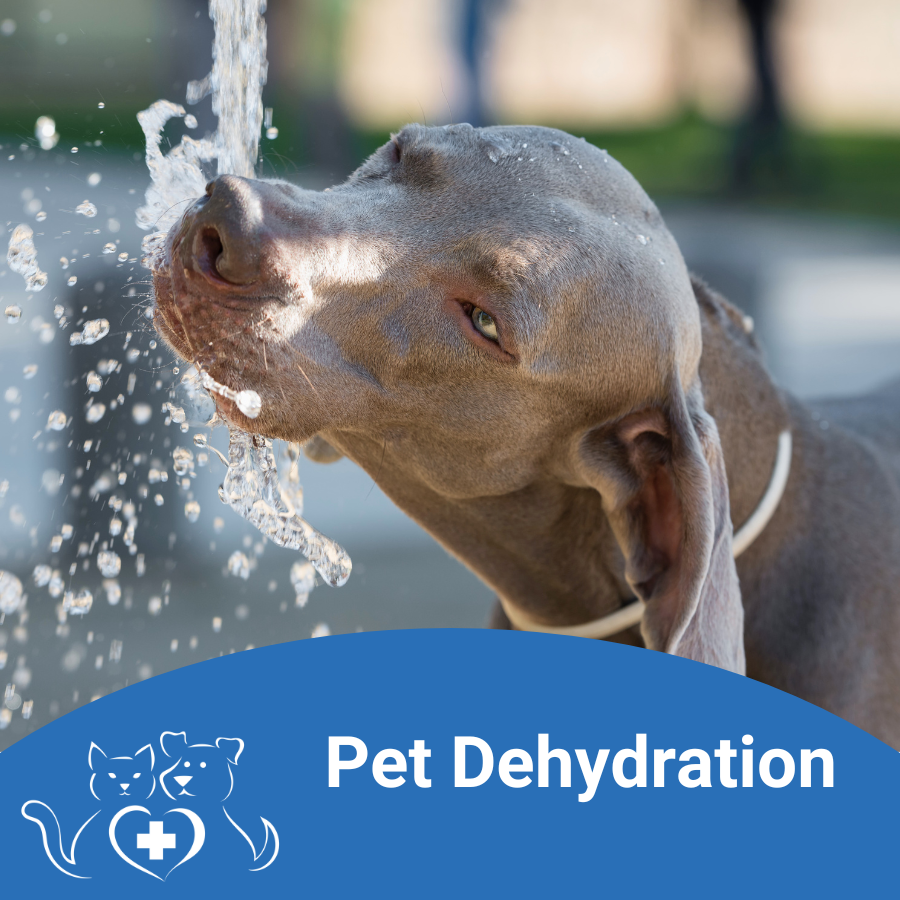It's summer in the South, and the heat has been brutal! July has been designated as National Pet Hydration Awareness Month.
Staying hydrated is a big part of avoiding heatstroke. Playing outside this summer even if you are in the water swimming or kayaking, it is important to keep a water bottle handy throughout your day.
Many of us take our fur babies along on our outdoor adventures so please learn the signs of dehydration. Common symptoms of dehydration in pets include:
- lethargy
- panting
-dry nose and gums
- reduced energy levels
A quick test to see if your pet is dehydrated is to gently pinch some skin on their neck/back and see if the skin springs back in place. You may have seen this done before at a vet's office. If the skin springs back in place your dog is not dehydrated (yet). If the skin stands up, then act to get your pet some water. The second home test is to check your pet's gums for tackiness. Your pet's gums should feel moist- not sticky or dry.
We know that the human body is 55% to 60% water. But did you know that your pet's body is 80% water?
Dogs naturally lose water during the day through painting, breathing, urinating, and evaporation through their paws. Puppies, older dogs, and toy breeds may have a higher risk of becoming dehydrated. Cats often don’t drink enough water and feeding dry cat food can contribute to that.
Prevention is key but if you find your pet is suffering from heatstroke or dehydration please consult your veterinary immediately and/or call your closest emergency clinic for treatment
Here are some tips to keep your pet hydrated.
- Keep fresh water available at all times!
- Keep a fresh water supply for your pet that can be accessed regularly. If you have multiple pets, have several water bowls within easy reach. Make sure their bowl is not sitting in the sun. Do you enjoy a warm cup of water to cool off?
- Clean your pet's water bowl on a regular basis to prevent any bacteria or algae growth and keep the bugs away.
- Some pets prefer “moving” water-
- Look at different options for indoor pet fountains if you have a pet that prefers to drink from running water. Change the filter in the fountain often to discourage bacteria.
- Wet food is a good way to supplement your pets' diet and add some hydration.
- Raw fruits and vegetables also have added water. See the List of safe pet snacks.
- Picky Pets
- Bone broth or even ice cubes are a good way to keep your dog taking in liquids.
https://www.akc.org/expert-advice/health/warning-signs-dehydration-dogs/
-Dr Bob Parrish & The Carolina Value Pet Care Team

